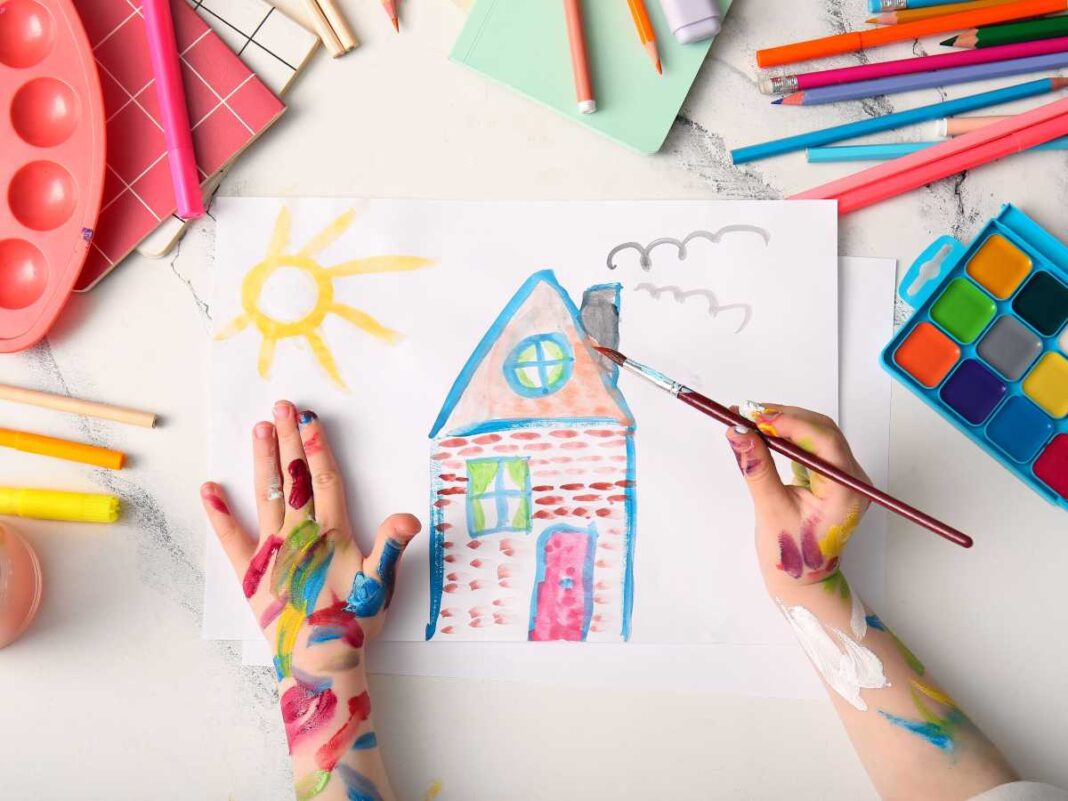In today’s rapidly changing world, education systems are challenged to prepare students not just academically but holistically. While core subjects like mathematics and science are vital, the arts play a crucial role in nurturing well-rounded individuals. Unfortunately, arts education often finds itself on the periphery of curricula, viewed as an optional add-on rather than an essential component of learning. This narrative explores the profound impact of arts education and argues for its integration beyond the core curriculum.
Fostering Holistic Development Through Arts
Arts education is more than just an avenue for creative expression; it’s a conduit for developing cognitive, emotional, and social skills. Engaging in the arts helps students cultivate critical thinking, problem-solving abilities, and emotional intelligence. For instance, participation in artistic activities has been linked to improved self-esteem and better emotional regulation, providing students with tools to navigate complex feelings and social situations.
Research indicates that students involved in the arts demonstrate enhanced academic performance, particularly in language arts and mathematics. They tend to achieve higher grades and show greater engagement with educational content. Moreover, the arts promote physical and psychological well-being, reducing stress and fostering a positive outlook on learning.
Enhancing Cultural Understanding and Empathy
The arts serve as a bridge between diverse cultures and histories, offering students a global perspective. Through exposure to various artistic traditions, students develop historical empathy and a deeper appreciation for cultural diversity. Expanding curricula to include non-Western art forms not only enriches the educational experience but also promotes inclusivity. Embracing a culturally relevant arts curriculum ensures that all students see their identities reflected and valued in their education.
Artistic engagement also fosters empathy and reduces intolerance. By exploring different narratives and perspectives through art, students learn to understand and respect others’ experiences. This empathetic skill set is crucial in building cohesive communities and nurturing socially responsible citizens.
Boosting School Engagement and Reducing Dropout Rates
There is a strong correlation between quality arts education and increased graduation rates. In periods of high dropout rates, such as the 2008 national crisis, where NYC’s graduation rate was just 56%, schools that integrated arts education saw improvements. Many students who disengage from school cite a lack of connection to the content. Incorporating the arts can re-engage these students by making learning more relevant and engaging.
For students struggling with mainstream academic subjects, the arts offer alternative pathways to success. Programs like dance therapy have been effective in helping students with emotional disabilities by providing them with expressive outlets and collaborative opportunities.
Imparting Life and Career Skills
Arts education imparts valuable life skills such as communication, collaboration, and creativity. These skills are highly sought after in today’s workforce, where innovation and problem-solving are key. Through artistic endeavors, students learn to approach challenges from different angles, think critically, and work effectively in teams.
Moreover, the arts encourage civic engagement and strengthen community ties. Students involved in arts projects often engage with their communities, addressing social issues and fostering intergenerational relationships. Such engagement not only benefits the students but also contributes positively to society.
Challenges Facing Arts Education
Despite the evident benefits, arts education faces significant challenges. Budget cuts and policy decisions have led to the reduction of standalone arts programs in schools. For example, educators in Boston have expressed concern over potential losses in arts education despite increasing budgets. There is a misconception that the arts are non-essential or that they can be adequately integrated into other subjects without dedicated time and resources.
Furthermore, disparities in access to arts education persist, often influenced by race, location, and income. This inequality means that not all students reap the benefits of arts participation, leading to gaps in cultural capital and personal development.
The Need for Policy and Curriculum Reform
To address these challenges, there is a pressing need to reconceptualize curricula and prioritize the arts within education. This involves integrating arts into core subjects and adopting interdisciplinary approaches like STEAM (Science, Technology, Engineering, Arts, and Mathematics). Such integration fosters creativity and innovation, preparing students for future challenges in an increasingly technology-driven world.
Policymakers and educators must recognize the intrinsic value of the arts. This means not only providing adequate funding and resources but also ensuring that curricula are inclusive and culturally relevant. By doing so, we can create equitable educational environments where all students have the opportunity to thrive through artistic engagement.
Conclusion
The arts are not merely an extracurricular luxury; they are a vital component of a comprehensive education. They nurture the mind, enrich the soul, and build the skills necessary for personal and societal success. As we look toward the future, it’s imperative that we move the arts from the periphery to the core of educational curricula. In embracing the full potential of arts education, we equip students not just to succeed academically but to lead meaningful, empathetic, and engaged lives.


